Sonus Paradisi
Adlington Hall, 1693 [Hauptwerk]
Adlington Hall, 1693 [Hauptwerk]
No se pudo cargar la disponibilidad de retiro
Adlington Hall, Cheshire, England, anonymous builder, c. 1693.
The instrument is one of the earliest British organs surviving in near original condition. The instrument was attributed to "Father" Bernard Smith, but the authorship as well as the year of manufacture remain enigmatic. The evidence suggests someone who was working in a style that combined elements from both the Smith and Harris traditions.
By the time the organ was restored in 1958-59 by Noel Mander, it had probably been derelict for a century or more. Many of the pipes were squashed flat from people jumping down from a trap door above the pipework. However, with painstaking work, all but a handful were restored and every effort was made to preserve the historical aspects of the instrument. But, one can clearly hear the ages in the sound of the pipes. This character contributes to the organ's special timbre. You can almost feel what an effort it is for each old pipe to give its sound.
One of the top composers of the time, George Frederick Händel, used to be a guest of the Legh family, visiting them in their Adlington home and playing the organ. Händel composed a hunting song for Charles Legh in 1751, and the manuscript of the song is still preserved in Adlington Hall. Also, it is believed that Händel composed the Harmonius Blacksmith in Adlington.
Presented to you by Leonart Studio, your authorised reseller for Sonus Paradisi in Switzerland (shipped internationally). Get your digitally sampled historical organs for the use with the Hauptwerk virtual instrument software.
Share this Sample Set
![Adlington Hall, 1693 [Hauptwerk]](http://artful.shop/cdn/shop/files/ss_adlington1.jpg?v=1692919076&width=1445)
![Adlington Hall, 1693 [Hauptwerk]](http://artful.shop/cdn/shop/files/ss_adlington3.jpg?v=1692919034&width=1445)
![Adlington Hall, 1693 [Hauptwerk]](http://artful.shop/cdn/shop/files/ss_adlington4.jpg?v=1692919034&width=1445)
![Adlington Hall, 1693 [Hauptwerk]](http://artful.shop/cdn/shop/files/ss_adlington5.jpg?v=1692919034&width=1445)
![Adlington Hall, 1693 [Hauptwerk]](http://artful.shop/cdn/shop/files/ss_adlington6.jpg?v=1692919033&width=1445)
![Adlington Hall, 1693 [Hauptwerk]](http://artful.shop/cdn/shop/files/ss_adlington11.jpg?v=1692919032&width=1445)
![Adlington Hall, 1693 [Hauptwerk]](http://artful.shop/cdn/shop/files/ss_adlington12.jpg?v=1692919033&width=1445)
Specification (stop list)
-
Manual I
Chaire: GG, AA, C, D-d3
Stopt Diapason 8'
Flute 4'
Bassoon 8' -
Manual II
Great Organ: GG, AA, C, D-d3
Open Diapason 8'
Stopt Diapason 8'
Principal 4'
Twelfth 2 2/3'
Fifteenth 2'
Bl. Flute Bass 2'
Bl. Flute Treble 2'
Tierce 1 3/5'
Nineteenth 1 1/3'
Twenty Second 1'
Trumpet 8'
Vox Humana 8' -
Manual III
-
-
Manual IV
-
-
Pedal
Pedal: GG, AA, C, D-c1
pull-down -
Other specification
History
Adlington Hall, Cheshire, England, anonymous builder, c. 1693.
It is England's most precious early instrument. With these words, John P. Mander introduced the Adlington Hall organ into the scholarly debate. The instrument is one of the earliest British organs surviving in near original condition. The instrument was attributed to "Father" Bernard Smith, but the authorship as well as the year of manufacture remain enigmatic. Mander convincingly argued for 1693, the year of the marriage of John Legh to Lady Isabella Robartes, because the pair's coat of arms is displayed above the organ. The monogram of John Legh also appears in the centre of the gallery.
Although some markings on the pipes, reed shallots, soundboard, and rollerboards resemble the script used by Bernard Smith, other elements show influence of another prominent English organ builder, Renatus Harris, including the organ case details, the use of "communication" to make the Stopped Diapason available on both manuals, and separate mutations on G.O. Taken together, the evidence suggests someone who was working in a style that combined elements from both the Smith and Harris traditions. Stephen Bicknell has suggested Christian or Gerard Smith as possible builders of the instrument.
By the time the organ was restored in 1958-59 by Noel Mander, it had probably been derelict for a century or more. Many of the pipes were squashed flat from people jumping down from a trap door above the pipework. However, with painstaking work, all but a handful were restored and every effort was made to preserve the historical aspects of the instrument. Further enhancements were made in 1975, again by Mander. Today, the organ is maintained by David Wells Organ Builders Ltd. In preparation for recording, this firm worked on the organ for Sonus Paradisi and they finished their work just a day before we arrived to make the recording. That way, I could be sure that each pipe was giving its best tone given the state of its preservation. But, one can clearly hear the ages in the sound of the pipes. This character contributes to the organ's special timbre. You can almost feel what an effort it is for each old pipe to give its sound.
One of the top composers of the time, George Frederick Händel, used to be a guest of the Legh family, visiting them in their Adlington home and playing the organ. Händel composed a hunting song for Charles Legh in 1751, and the manuscript of the song is still preserved in Adlington Hall. Also, it is believed that Händel composed the Harmonius Blacksmith in Adlington.
Some technical details: all of the pipework stands on a single windchest, which is divided between G.O. and Chaire. The Stopped Diapason is shared on both manuals. Wind pressure is 79 mm. There are two sets of stop labels. The original paper labels on the stop jamb are barely legible and some are missing. The modern labels seem to be made of plastic and are attached directly to the draw knobs. We used these modern labels in the sample set, although on the photo-realistic screens of the sample set, both label sets are visible. The compass is typical for early English organs: GG, AA, C, D-d3, where GG occupies the contra-B key, and AA sits on the low C# key. There is a ruin of a pedalboard preserved, but it has been argued that it may never have been attached to the instrument due to an error in manufacture. Bricknell says that the pedal board was of a French type. For this reason, we attached a dummy French pedalboard to the organ in the sample set, pulling the low two octaves of the G.O.
J. P. Mander, on the Mander company forum, says that the organ was tuned to equal temperament when his father restored it in 1959. In the seventies, the organ was retuned to a modified meantone temperament. We found the organ tuned to quarter comma meantone. The original temperament is not known. This means that Hauptwerk users should experiment with the various temperament charts available to find a temperament suiting the music performed. Various well-tempered variants may be good candidates.
Further reading:
John Pike Mander, Some Notes on the Organ in Adlington Hall, BIOS Journal, 10 (1986), pp. 62-75.
Stephen Bicknell: The History of the English Organ, Cambridge 2001, pp. 143-147.
Adlington Hall. The Home of the Leghs of Adlington. Macclesfield, without date.
Notes about temperament of the organ: https://mander-organs-forum.invisionzone.com/topic/66-adlington-hall-temperament/
Features
The samples are offered in 48kHz/24bit resolution. The multiple releases have three levels: short, mid and long. Hauptwerk v4.2 and higher supported. The sample set is offered in plain wave format.
Reverb time
The reverb time is ca. 1.8 seconds.
Keyboards, pedalboard
manuals: GG, AA, C,D-d3.
pedal: GG, AA, C,D-c1.
Bad pipes enhanced
Every pipe has been reproduced in Hauptwerk exactly as it had spoken in reality when recorded, even if the pipe did not speak at all or its speach was erratic. However, to favor musicality, the bad pipes were digitally enhanced and the enhanced variant is available via a mixer switch called "Bad pipes". Enhancing the pipe sound, the care was always taken to improve the sound of the pipe itself, no matter how bad it was speaking. No pipe was repitched from a better neighbor.
Tremulants
The organ has no tremulant.
Surround format
The sample set is offered in 6 channels. There are direct channels, featuring the sound of the organ in front of the organ case. The diffuse perspective captured the sound further from the organ. The rear perspective is designed for the rear speakers of the audio setup. The perspectives can be mixed together freely to achieve any virtual listening position, or used separately - depending on the prefererences of the user. A dedicated "mixing desk" is available in Hauptwerk to mix the sound to the desired level.

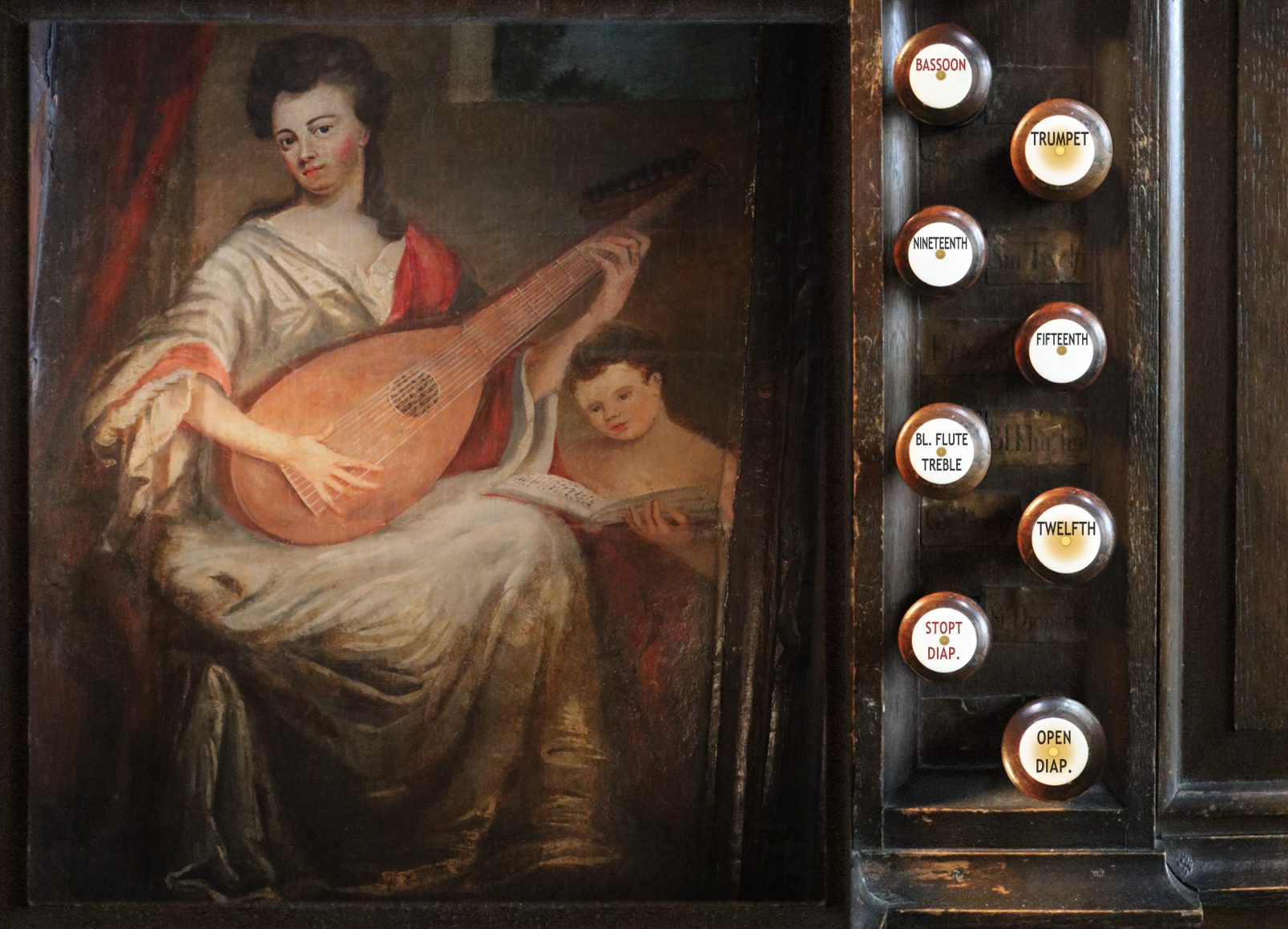

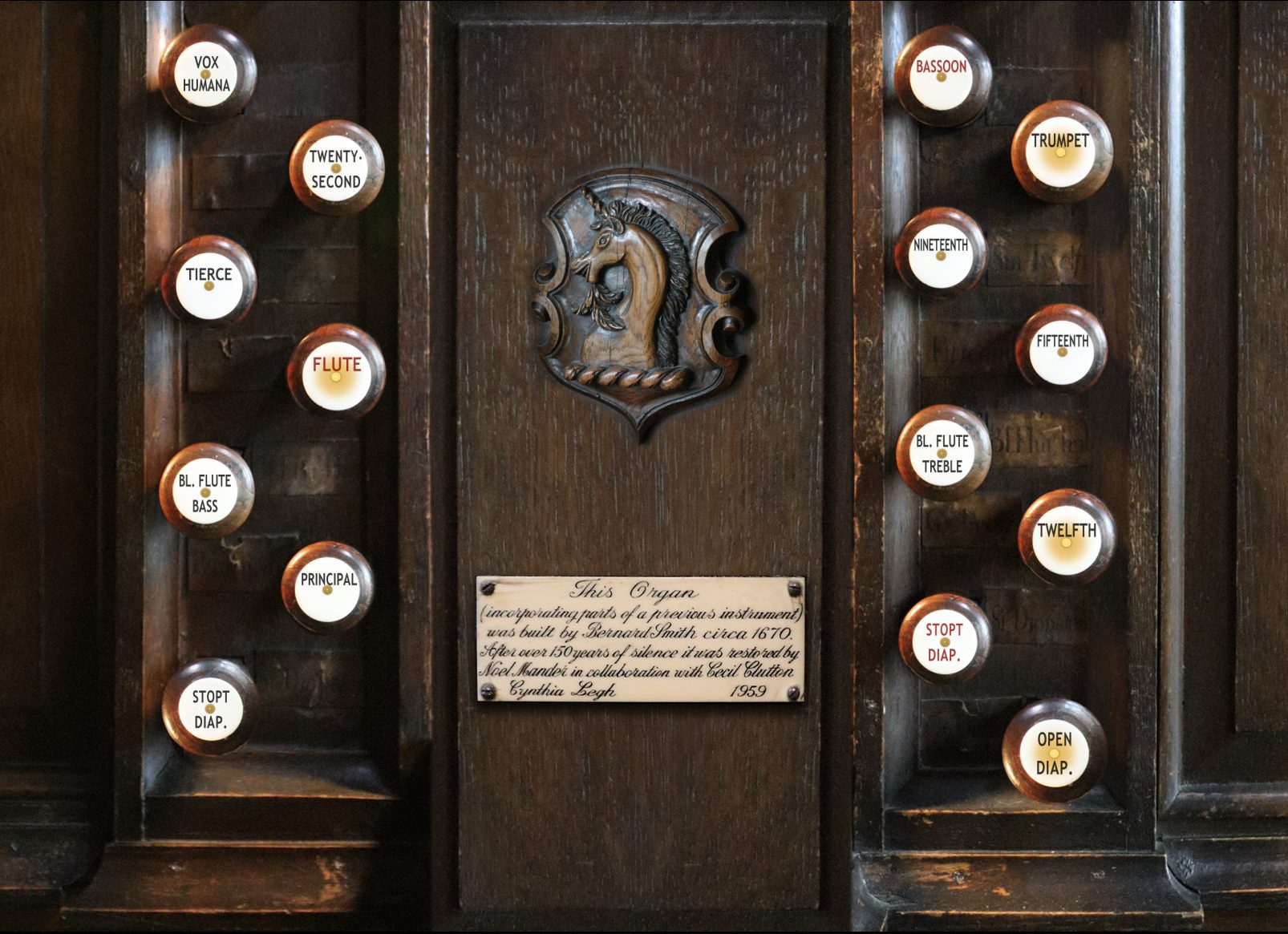
Requirements
Hauptwerk v4.2 and higher supported.
RAM consumption: 6-channel surround
16-bit, other settings default: 6.4 GB
20-bit, other settings default: 8.5 GB (recommended)
24-bit, other settings default: 11.8 GB
Screen resolution 1280x1024 px or more.
Polyphony of 3000 voices recommended for the full surround (1500 pipes minimum).
This Hauptwerk Sample Set is presented to you by Leonart Studio, an authorised reseller for the manufacturer Sonus Paradisi in Switzerland (shipping internationally). Enjoy this digitally sampled organ library for the use with Hauptwerk software and start expanding your historical organ collection today.
More Hauptwerk Sample Sets
-
Casavant, 1995 [Hauptwerk]
Proveedor:Sonus ParadisiPrecio habitual CHF 174.90Precio habitualPrecio unitario / por -
Reuter, 1928 [Hauptwerk]
Proveedor:Sonus ParadisiPrecio habitual CHF 473.00Precio habitualPrecio unitario / por -
Rotterdam Hoofdorgel, 1973 [Hauptwerk]
Proveedor:Sonus ParadisiPrecio habitual A partir de CHF 330.00Precio habitualPrecio unitario / porCHF 958.10Precio de oferta A partir de CHF 330.00Oferta -
Groningen, 1450-1740 [Hauptwerk]
Proveedor:Sonus ParadisiPrecio habitual A partir de CHF 658.90Precio habitualPrecio unitario / porCHF 1,681.90Precio de oferta A partir de CHF 658.90Oferta -
Goerlitz, 2006 [Hauptwerk]
Proveedor:Sonus ParadisiPrecio habitual A partir de CHF 328.90Precio habitualPrecio unitario / por -
Bückeburg, 1997 [Hauptwerk]
Proveedor:Sonus ParadisiPrecio habitual A partir de CHF 1.10Precio habitualPrecio unitario / por -
Brasov, 1839 [Hauptwerk]
Proveedor:Sonus ParadisiPrecio habitual CHF 418.00Precio habitualPrecio unitario / por -
St. Omer, 1717-1855 [Hauptwerk]
Proveedor:Sonus ParadisiPrecio habitual CHF 323.40Precio habitualPrecio unitario / porCHF 410.96Precio de oferta CHF 323.40Oferta -
Stellwagen organ, St. Marien, Stralsund (1659)
Proveedor:Sonus ParadisiPrecio habitual CHF 858.00Precio habitualPrecio unitario / por -
![Clavichord Model [Hauptwerk]](//artful.shop/cdn/shop/files/ss_clavichord.jpg?v=1724310155&width=533) Agotado
AgotadoClavichord Model [Hauptwerk]
Proveedor:Sonus ParadisiPrecio habitual CHF 33.00Precio habitualPrecio unitario / por



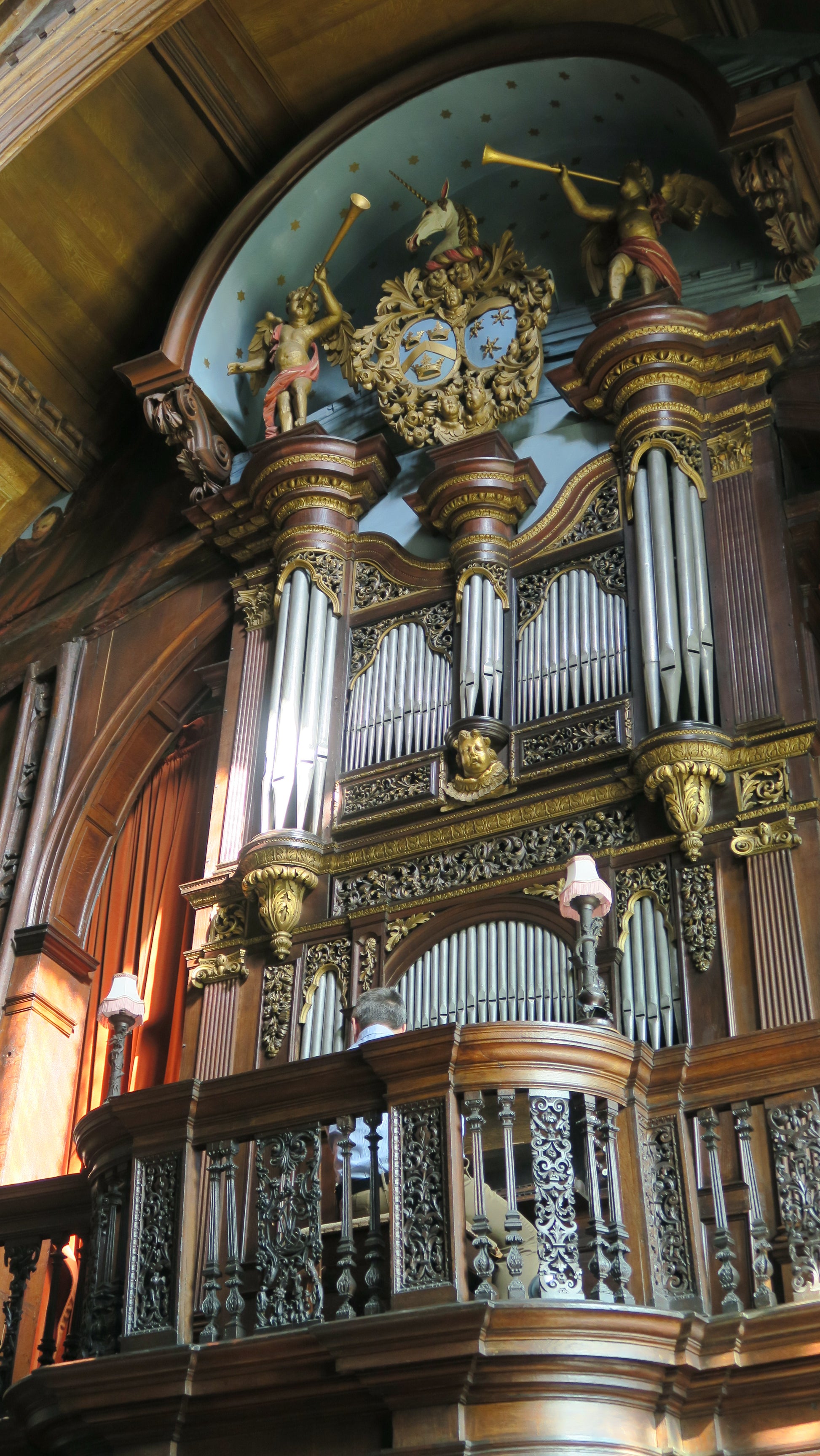
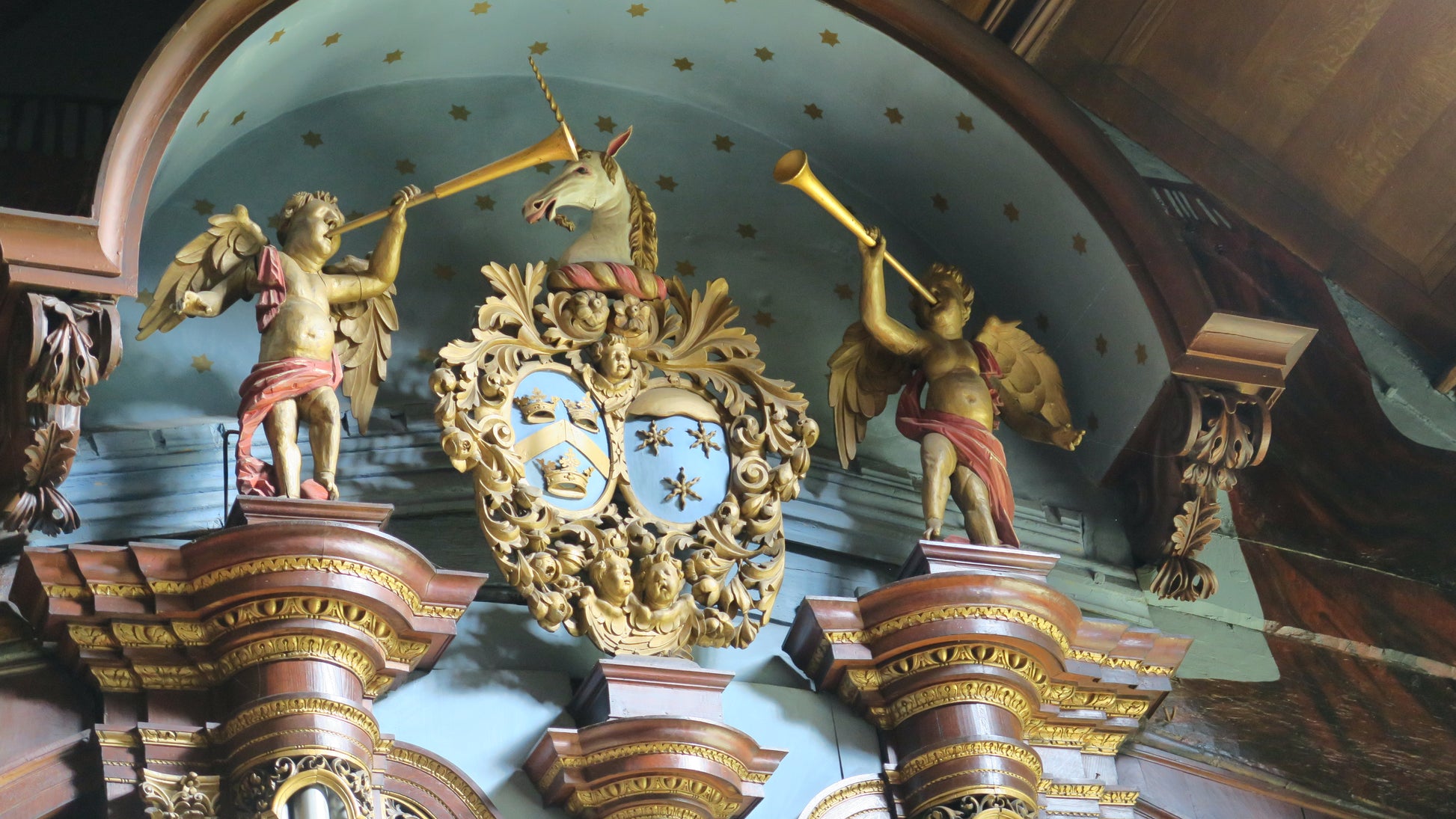

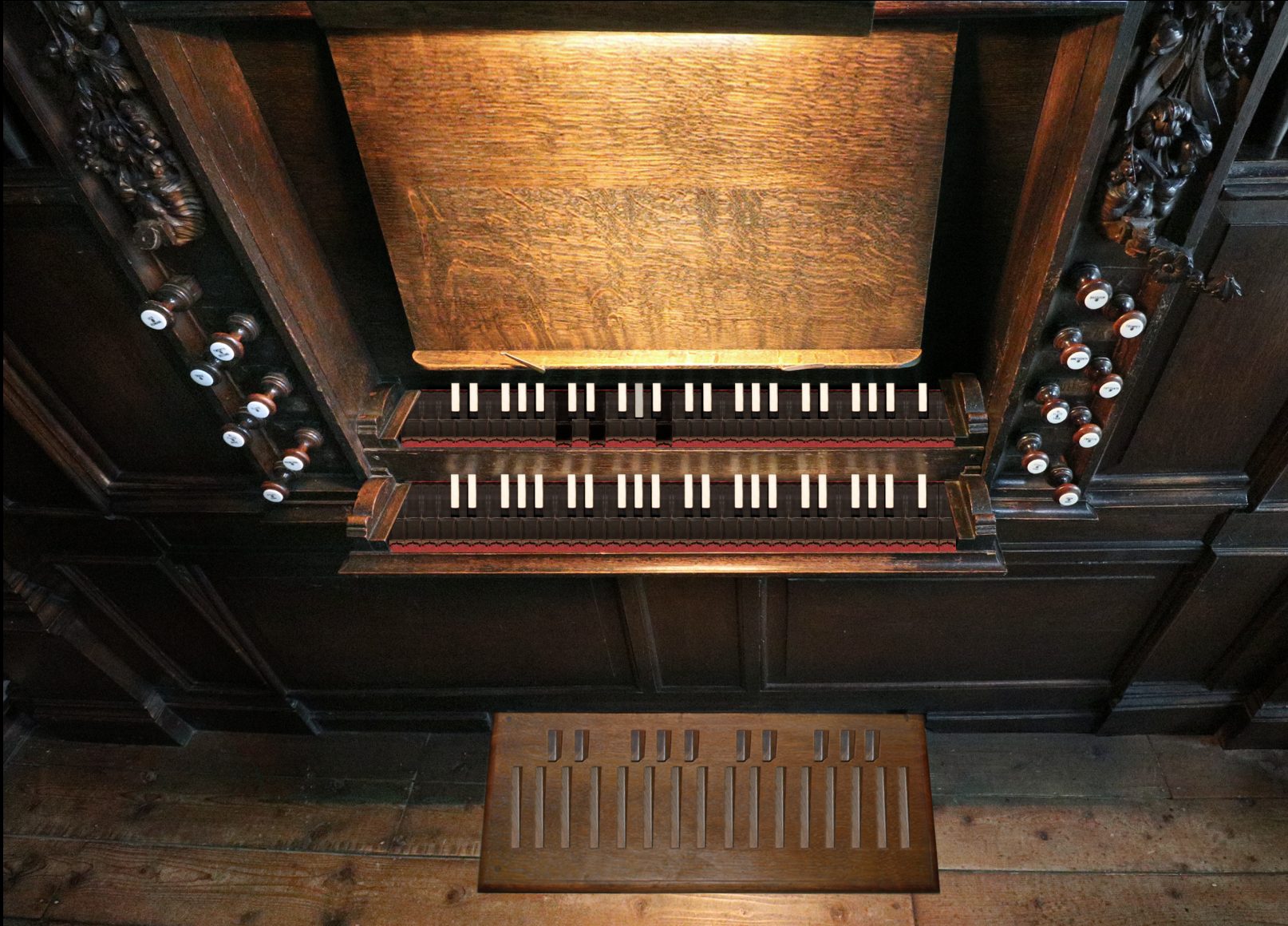
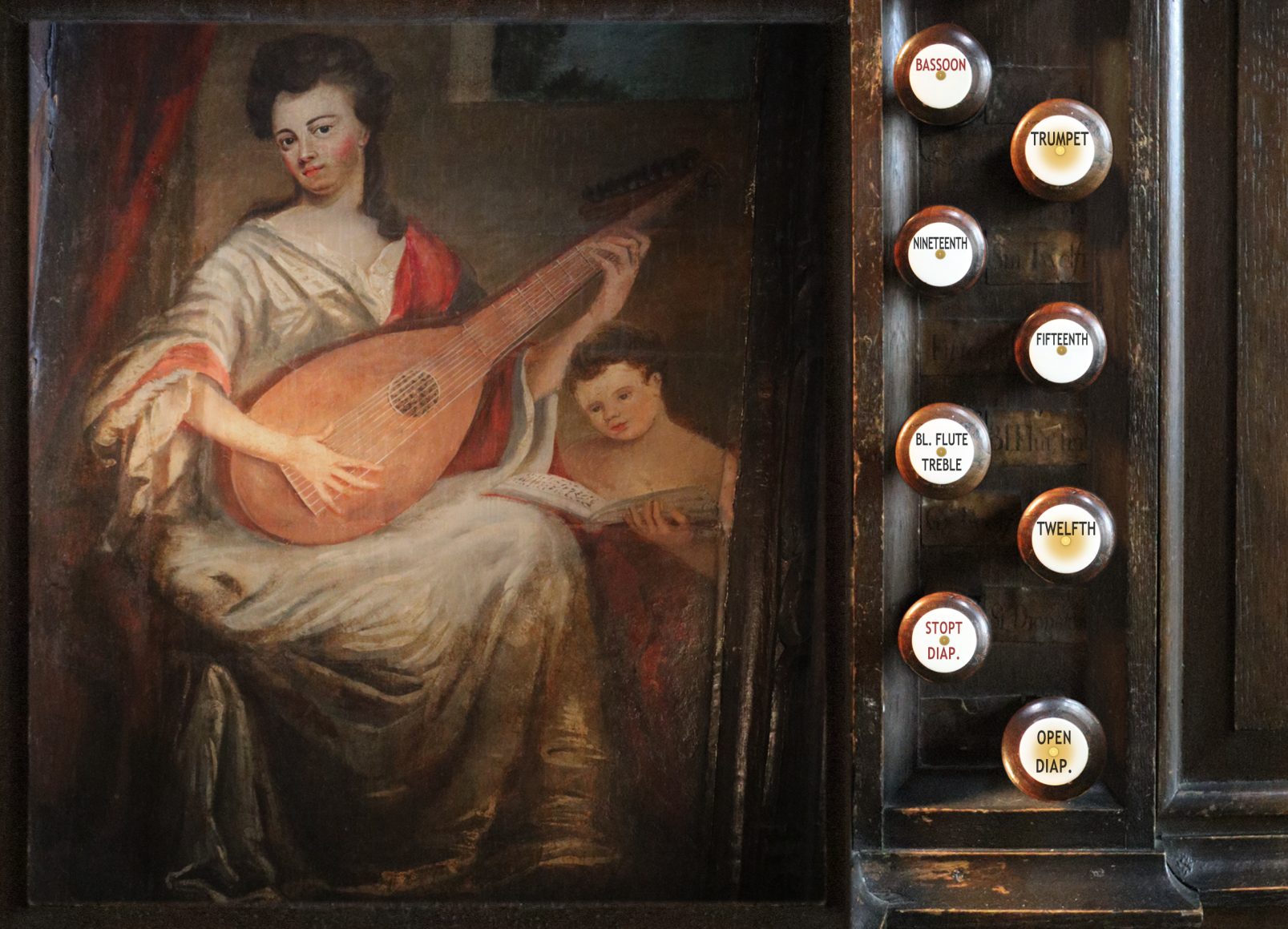
![Casavant, 1995 [Hauptwerk]](http://artful.shop/cdn/shop/files/ss_casavant1.jpg?v=1693319885&width=533)
![Reuter, 1928 [Hauptwerk]](http://artful.shop/cdn/shop/files/ss_Reuter1.jpg?v=1693321024&width=533)
![Rotterdam Hoofdorgel, 1973 [Hauptwerk]](http://artful.shop/cdn/shop/files/ss_RotterdamMain1.jpg?v=1693279529&width=533)
![Groningen, 1450-1740 [Hauptwerk]](http://artful.shop/cdn/shop/files/ss_Groningen1.jpg?v=1693275425&width=533)
![Goerlitz, 2006 [Hauptwerk]](http://artful.shop/cdn/shop/files/ss_goerlitz1.jpg?v=1692995837&width=533)
![Bückeburg, 1997 [Hauptwerk]](http://artful.shop/cdn/shop/files/ss_bueckeburg1.jpg?v=1692967628&width=533)
![Brasov, 1839 [Hauptwerk]](http://artful.shop/cdn/shop/files/ss_brasov1.jpg?v=1692967057&width=533)
![St. Omer, 1717-1855 [Hauptwerk]](http://artful.shop/cdn/shop/files/ss_omer1.jpg?v=1692904128&width=533)
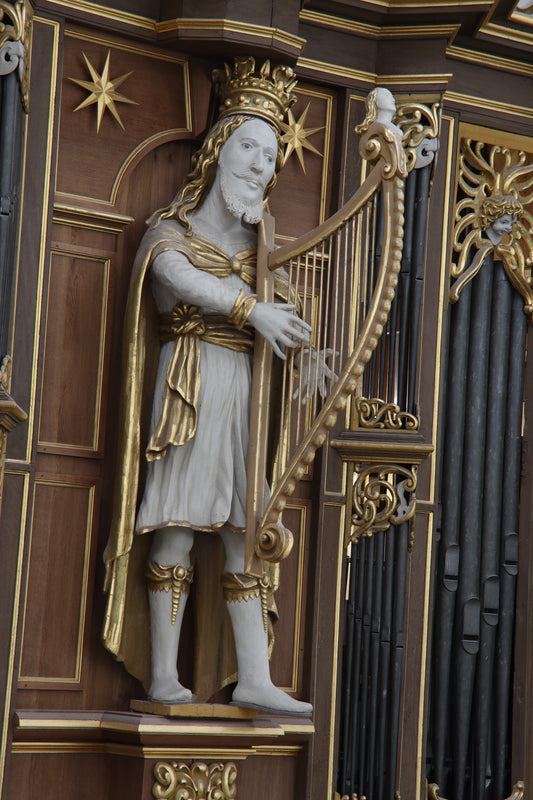
![Clavichord Model [Hauptwerk]](http://artful.shop/cdn/shop/files/ss_clavichord.jpg?v=1724310155&width=533)